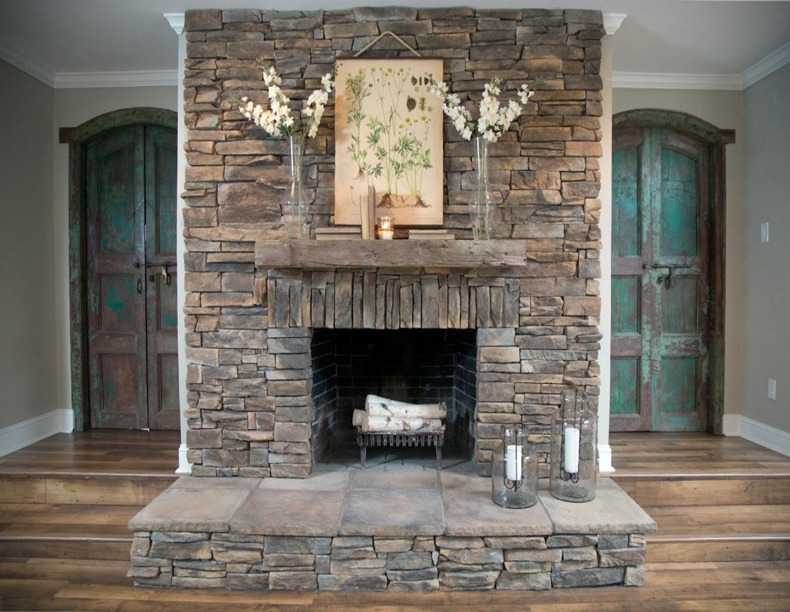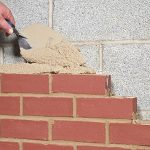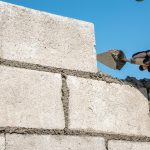
Composite stone masonry generally consists of a combination of ashlar masonry and rubble masonry.
Rubble masonry is generally very cheap, while ashlar masonry gives a pleasing appearance.
Hence rubble masonry is used in the backing of the wall while the ashlar masonry is used in the facing, as shown in the above Figure.
In order for both the facing and backing of the wall to act monolithically, it is essential to observe the utmost care during construction.
The following points should be specifically attended to :
(1) Through stones should be used at regular intervals and insufficient numbers.
(2) The backing and facing portions should be- constructed in rich cement mortar.
(3) Construction of both the backing and facing should be carried out simultaneously so that- proper bond is obtained.
(4) If necessary, metal cramps, dowels, lead plugs, etc. should be provided between facing and backing.
Brick Stone Composite Masonry.
Bricks and Stone can be simultaneously used in three forms of composite masonry:
a. Brick-Backed Ashlar Masonry.
b. Brick-Backed Stone Slab Masonry.
c. Brick-Backed Brick Masonry.
a. Brick-Backed Ashlar Masonry

Shows brick-backed ashlar masonry. The ashlar may be rough tooled. It is preferable to use the height of ashlar as a multiple of brick thickness plus masonry joints so that coursed masonry is obtained.
Cement mortar should be used for construction. Bricks should be laid in proper bond. Alternate courses of ashlar may be headers.
Under each projecting course of ashlar, header bricks should be used.
b. Brick-Backed Stone Slab Masonry

Shows the facing of stone tiles. The backing consists of laid in courses with proper bound. This type of construction is quite common, since stone tiles may be of marble stone.
If stone slabs are used, they are finely dressed and are used in big panels. It is preferable to use metal clamps to connect the facing and backing masonry of the wall.
c. Brick-Backed Brick Masonry

Shows a rubble-backed brick masonry. It is commonly used at locations where rubble stone is available in large qualities, but ashlar is not available.
In that case, the facing of the wall may be done in bricks laid in courses. Each alternate brick course consists of a quoin header.



Comments are closed